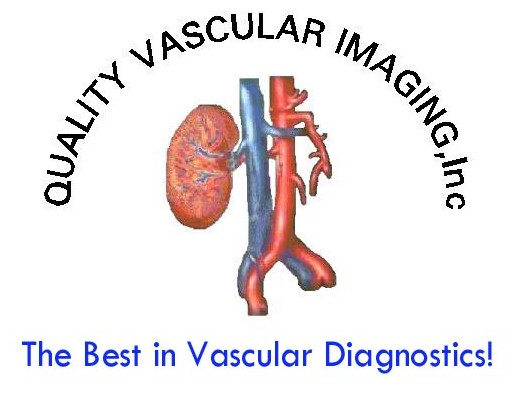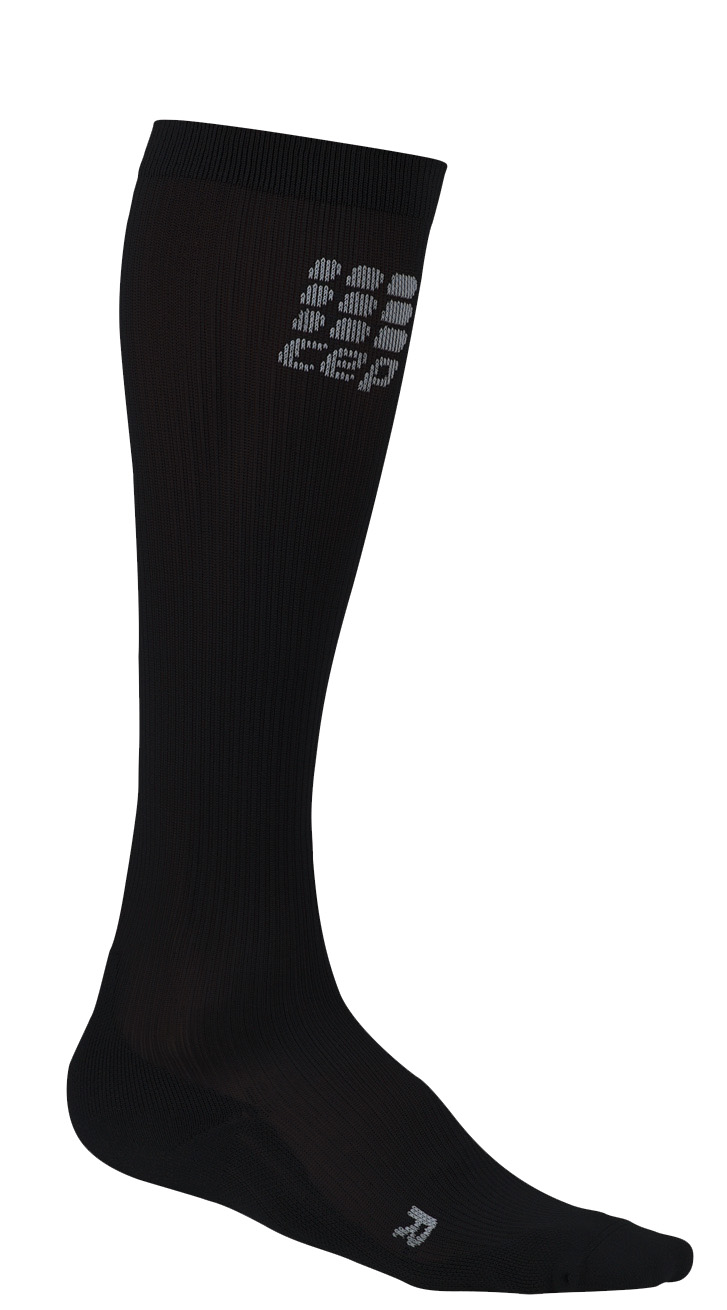

Types of testing - what we do! QVI is a full service Noninvasive Vascular Laboratory providing a complete array of diagnostic techniques. We can obtain high resolution images and/or obtain blood flow information from virtually every artery and vein outside the chest. (We don't evaluate heart arteries.) Ultrasound is the primary modality utilized to evaluate arteries and veins throughout the body. There are also other technologies, such as Plethysmography, Pulse Volume Recordings (PVR), Doppler pressure and waveform analysis, Photoplethysmography, and Venous Recovery times. There are three unique features of the Vascular Laboratory. First, all our examinations are noninvasive - that is no needles, injections of dye, no radiation (as in x-ray or CT scan), no pain or discomfort. Second, these exams are the only testing modality that provides physiologic or functional information about the vascular system. For example, some tests such as angiography or Magnetic Resonance Imaging (MRI) can provide accurate pictures of blood vessels but do not yield any information on what any disease present does to the blood flow - arguably the most critical information in determining the risk the disease actually poses to the patient. Thirdly, this information is acquired in real time which is similarly unique to any other imaging modality! Instruments we use
Duplex Scanning - This technology uses ultrasound that is directed into the body, is reflected back and processed by the instrument. Two types of information are obtained. Different tissues reflect the ultrasound differently and therefore we can differentiate between different tissues. The returning ultrasound is also processed for frequency information known as Doppler which tells us about the blood flow. For more about duplex scanning, please click here!
Physiologic instrumentation - We also use what is commonly referred to as indirect or physiologic testing and is primarily used in arm and leg artery testing. This modality allows us to obtain blood pressure and blood volume information and proves to be very valuable in determining the overall clinical significance of artery blockages. |
|








